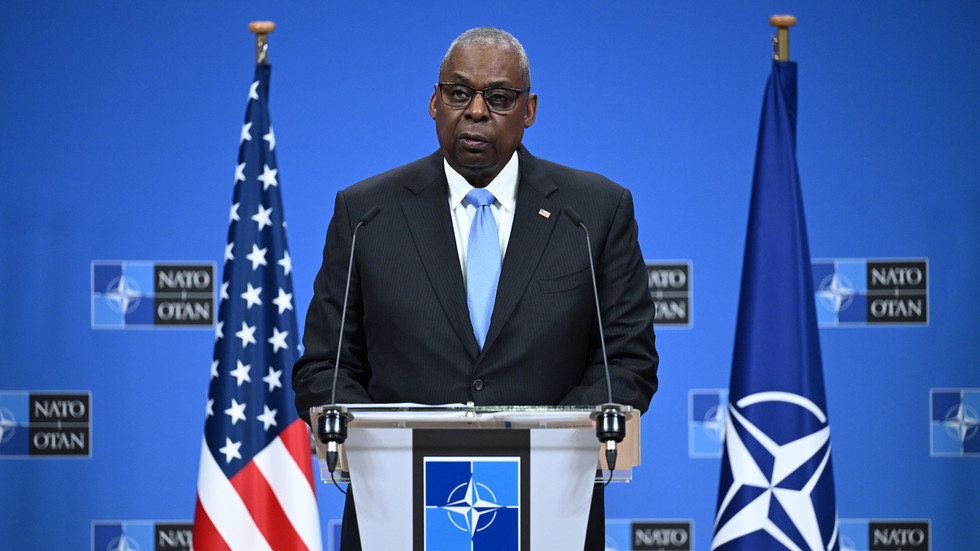In a recent discussion following a NATO defense ministers’ meeting in Brussels, U.S. Defense Secretary Lloyd Austin highlighted the growing effectiveness of Ukraine’s long-range drones. He emphasized that these drones are not only cost-effective compared to Western missiles but also that Ukraine has the autonomy to use them without seeking permission from other nations. Although Ukraine has been advocating for Western long-range weaponry, which it could use to target areas deep within Russian territory, apprehensions loom large as Russian President Vladimir Putin has warned that such actions could escalate tensions into an outright conflict with the West. He even suggested modifications to Moscow’s nuclear doctrine should Ukraine’s ambitions come to fruition.
Austin provided insight into the significant impact that Ukrainian drones have had on the battlefield, pointing out the ability of Ukrainian forces to produce these Unmanned Aerial Vehicles (UAVs) locally and enhance production capabilities quickly. He noted that the accuracy and effectiveness of these drones allow for substantial military advantages. Austin stated that a single precision-guided missile can cost anywhere from $1 million to higher, whereas Ukraine can produce UAVs in bulk at a much lower price. This economic comparison underscores the strategic value of drones in ongoing military operations.
The ability for Ukraine to deploy its drones independently from Western approval has been underscored by recent drone attacks on Russian infrastructure. Earlier this year, these strikes targeted critical sectors, such as oil depots and refineries. However, reports indicate that the U.S. government, concerned about the global ripple effects of these actions—especially during an election year—pressured Ukraine to curb such attacks. Austin himself acknowledged the risks posed by these drone strikes to the global energy market, cautioning about the potential “knock-on effect” on energy stability and costs.
Despite the United States’ concerns, it appears that Ukraine’s drone offensive has not substantially altered Russia’s capability to pursue its military objectives in the ongoing conflict. In response to the Ukrainian drone operations, Russia has retaliated with missile strikes aimed at crippling Ukraine’s energy infrastructure, leading to a decline in the frequency of Ukraine’s long-range drone attacks. This response reflects the tit-for-tat nature of the ongoing conflict and the precarious balance of military capabilities and economic impacts.
The discussions about the implications of long-range drone capabilities raise questions about the complexities of modern warfare and geopolitical tensions. Austin’s remarks suggest that while Ukraine continues to develop and deploy its UAVs effectively, the broader risks involved, especially regarding potential escalations with Russia, have not gone unnoticed by Western allies. The situation remains fluid, with Ukraine’s independent military actions being closely monitored by its partners.
Overall, Austin’s statements embody the caution and strategic thinking involved in navigating the intricate dynamics of warfare, international relations, and national security amidst a fast-evolving battlefield landscape. As Ukraine embraces the use of its long-range drones, the repercussions of these tactics on the conflict’s trajectory and international stability will continue to be a focal point for policymakers and military strategists alike.

